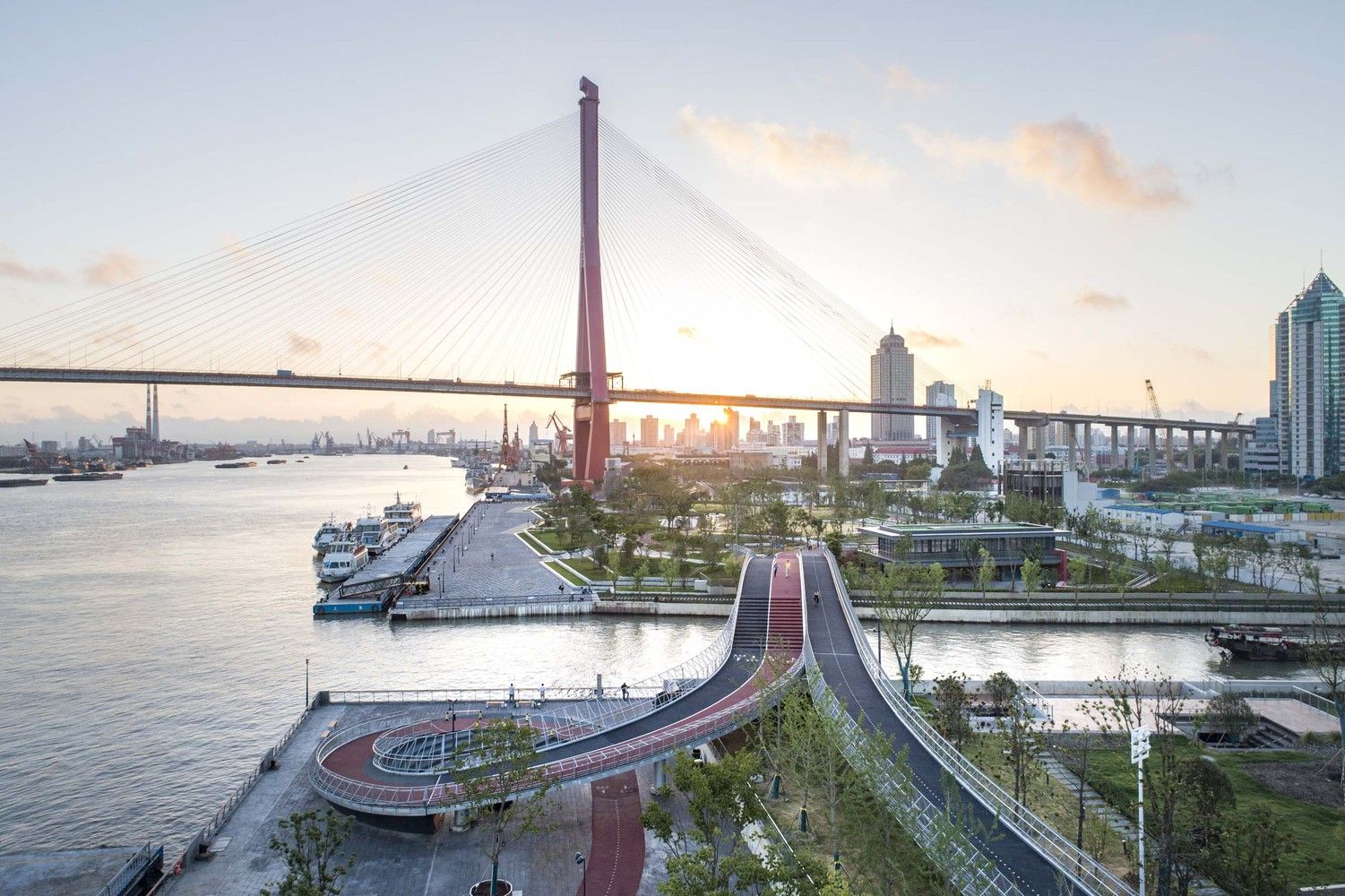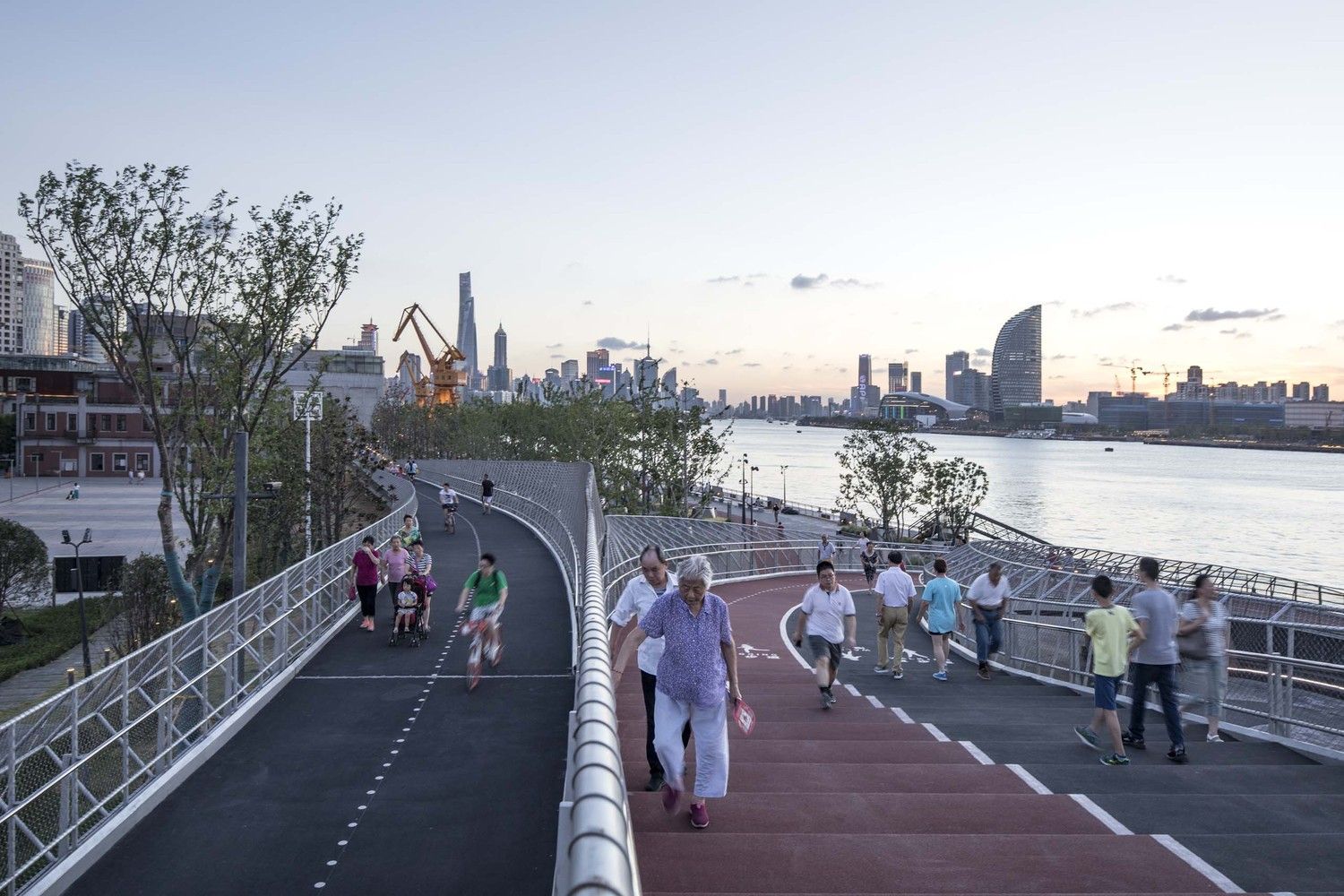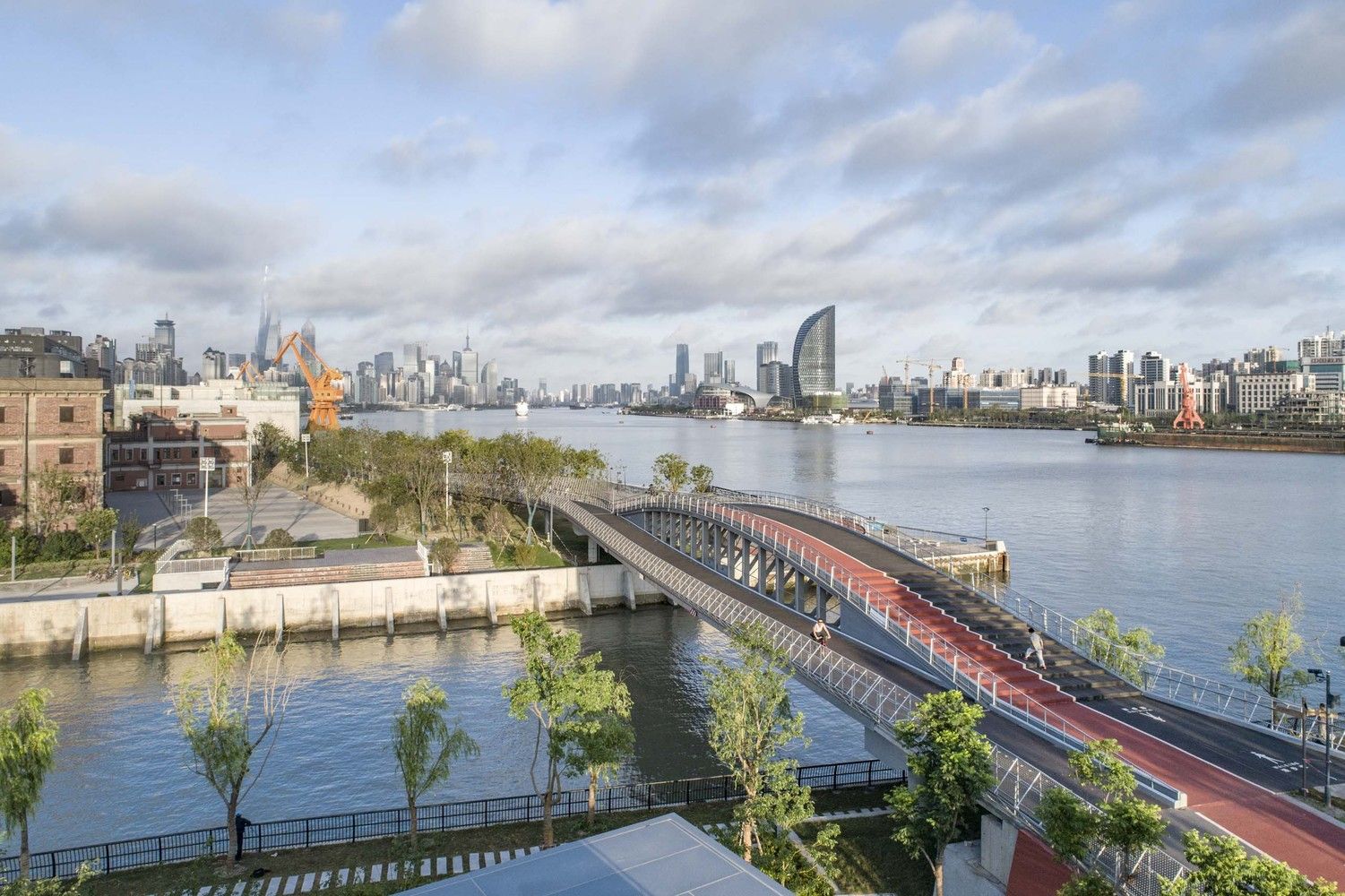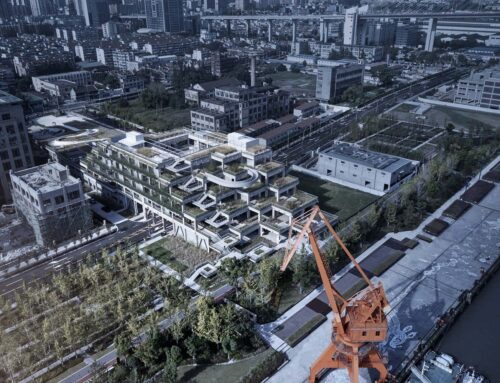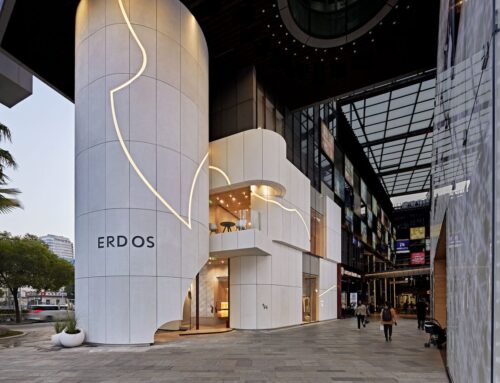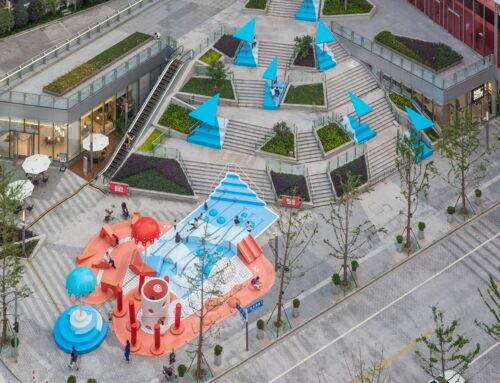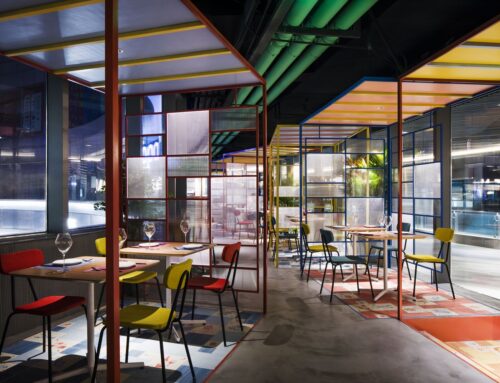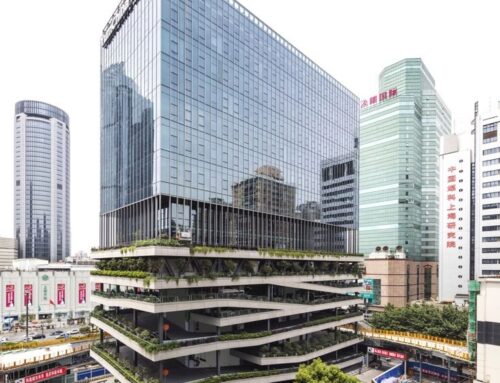Located at the eastern tip of the East Bund Mingshen Wharf, the Yangjing Pedestrian Bridge crosses over the Yangjing Canal where it flows into the Huangpu River, connecting the Mingshen Wharf with the Yangjing Park which is visually connected to the majestic long-span Yangpu Bridge. As a triangular-shaped truss structure bridge, its main bridge width is 10.75 meters, with a span of 55 meters and a total length of 140 meters. Integrated with structure, function and form, the design utilizes the height difference of the structure to divert the various usage flows: cycling, jogging and walking. Also known as Huihong Bridge, its futuristic and graceful form represents a comet, or “Hui”, streaking across the starry sky, bridging a clear and deep water, or “Hong”, and pointing towards Lujiazui CBD. The bow-like structure metaphorically foretells the launching of the first slow-traffic bridge in the East Bund.
The project ranges from the abutment of the Minsheng Art Wharf on the west to the east side of the Yangjing Park, including the flood control wall and part of the green space along the Yangjing Harbor on the Minsheng Art Wharf side. The main span crossing the river is an abnormity steel- truss structure, while the approach bridge from the Minsheng Wharf utilizes the steel box girder,with the cycling path of 85 meters long and 4.5 meters wide. The spiral jogging and walking approach is 37 meters long and 6.5 meters wide. With elegant curves, the bridge responds to the surrounding landscape, guiding the sight to the Yangpu Bridge on the northeast and the Lujiazui CBD complex on the southwest. To minimize the impact on the industrial buildings on the Minsheng Wharf site, the bridge is intentionally placed closer to the Huangpu River instead. Through the adjustment of the bridge form, the flood control wall along the river stays intact.
The truss structure spans 55 meters and the height is 4 meters. The project takes advantage of the height difference to separate the cycling and walking areas, ensuring safe passages without mutual interference, and each a good view. In order to adapt to different grade requirements of transportation, the convex and concave curves have been well-adjusted. Cycling path is placed at the gentle concave part with less-than-4% slope to provide a comfortable and safe riding experience,Flanked by a protective interface made of vertical bars towards the river side. The slow traffic path is arranged in the convex part with less-than-10% slope which is suitable for walking and jogging. Steps are placed in area where a bit steeply sloped, the width of the bridge is widened accordingly to form a belvedere. Epoxy paving goes through the whole bridge with the dark grey for cycling and red for the jogging track. Dark grey is again used at the belvedere to represent walking path.
To reserve the navigation height for future use, the bottom of the bridge should reach an absolute elevation of 9.5 meters, further increasing the height difference between the bridge deck and the ground surface on both sides. The cycling approach on the west gently fades into the woods of the Minsheng Wharf, flying over the flood control wall effortlessly. The spiral of Jogging and walking approach made the length of the approach possible within this limited site, guiding users into the Mingsheng Art Wharf. East side of the main bridge goes down into the trails of Yangjing park with signature railings extended into the site.
The railing part adopts Fluorocarbon-coated round steel tube, joining to shape an evolving triangular-cross-section continuous volume, while glittering stainless steel rope nets are reeved. In design, space is reserved for the bridge pipeline on the railing side to ensure the integrity of the bridge truss space.In the night, the combination of point light source and linear light source light up the railings and structural trusses. The whole bridge is painted with platinum silver, as a comet crossing the sky, bringing out the new profile of East Bund of Huangpu River.
Combined with Yangjing Harbor flood control wall reconstruction, a belvedere is placed under the bridge on the Minsheng Wharf side . Using the flood control wall as a fence, the sinking tree pool with the steps to combine the surrounding landscape .
As newly-built infrastructure, the bridge represents both the vitality of the citizens as well as the urban aesthetics. Due to the bridge construction, the breakpoint of the urban river network has been transformed, activating vitality of the urban waterfront landscape.
Source: archdaily

